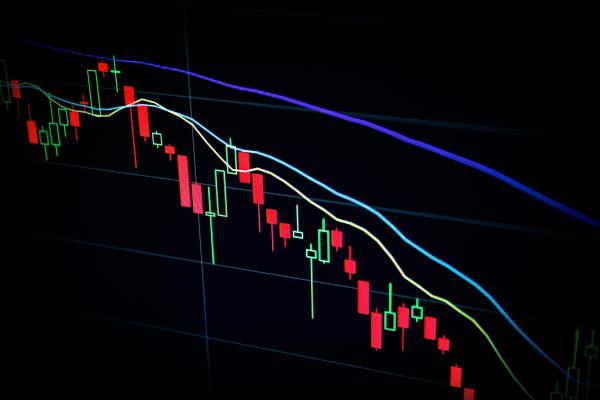How to Read Cryptocurrency Charts?
Crypto charts serve as visual representations depicting the price movements and other pertinent data about cryptocurrencies within a designated timeframe. These charts offer traders and investors a means to analyze and make well-informed decisions regarding the buying or selling of cryptocurrencies, by providing a visual depiction of price fluctuations, trading volume, and various market indicators.
Take, for example, the WBT/USDT chart. It signifies the price movements of the cryptocurrency pair consisting of WBT (an exemplary token) and USDT (Tether, a stablecoin linked to the value of the US dollar). By presenting historical prices of WBT in terms of USDT, this chart empowers users to track price fluctuations, identify trends, and scrutinize the market behavior specifically related to this cryptocurrency pair.
What to Consider When Reading Cryptocurrency Price Charts?
To effectively analyze crypto price charts, it is important to have a grasp of the fundamental elements and indicators commonly utilized in chart analysis, as well as staying informed with the latest crypto news. Here are the essential steps to follow:
- Select the chart type. There are several types of charts available, including line charts, bar charts, and candlestick charts. Candlestick charts are particularly favored in crypto analysis due to their provision of more detailed information.
- Determine the timeframe. Charts can display price data over various timeframes, such as minutes, hours, days, weeks, or months. It is crucial to choose a timeframe that aligns with your trading or investment objectives.
- Evaluate the price scale. Charts typically consist of two scales: the price scale (vertical) and the time scale (horizontal). The price scale illustrates the price levels, while the time scale represents the time period.
- Identify support and resistance levels. Seek out horizontal lines on the cryptocurrency prices chart where the price has previously found support (prevented further decline) or resistance (halted further ascent). These levels can indicate potential turning points in the price trajectory.
- Utilize trendlines. Trendlines are diagonal lines drawn on the cryptocurrency chart to connect consecutive highs or lows. An upward trendline signifies an uptrend, while a downward trendline suggests a downtrend. By utilizing trendlines, you can discern the overall direction of the price movement.
- Employ technical indicators. Numerous technical indicators are available for analyzing crypto price charts. Some popular examples include moving averages, relative strength index (RSI), MACD, and Bollinger Bands. These indicators offer insights into market trends, momentum, and potential reversals.
- Consider chart patterns. Chart patterns, such as triangles, wedges, double tops, or head and shoulders, can provide valuable insights into future price movements.
- Combine multiple timeframes. Analyzing multiple timeframes enables you to gain a broader perspective on the market.
- It is crucial to stay updated with relevant information, as it can impact the price and invalidate technical analysis signals.
Now you know how to read charts in cryptocurrency. Welcome to the WhiteBIT exchange to check your skills in reading charts and applying your knowledge in practice.

